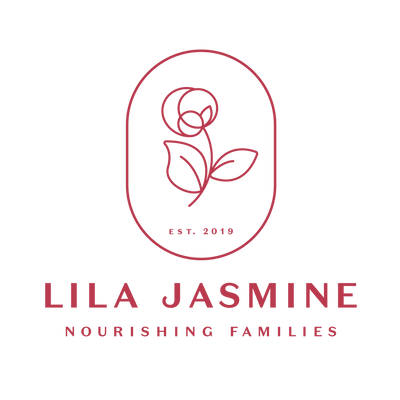Washing baby clothes is really quite simple and may only require a few minor adjustments to your regular laundry routine. Let's jump right in ...
-
Check the label for washing and care instructions
Baby clothes will almost always have washing and drying instructions on the tag - they're the best way to know you’re using all the right laundry settings to avoid shrinking, colour loss or damage to the clothes. Get in the habit of checking this tag before buying something too. Discovering you have 3 drawers full of hand wash only items when your hands are already full with a baby is not a fun.
-
Treat visible stains
Rinse the stain with cold water as soon as possible. If you’re out and about and can’t treat the item immediately, keep the stain damp until you get home. Once you have removed as much of the stain as you can with water and gentle rubbing, spot treat with a simple baking soda paste (3 tsp baking soda:1 tsp water). Let the paste sit for at least an hour before throwing it in the wash. If the stain is still there after all of that, try a synthetic stain remover - my personal favourite is the Sard Wonder Soap Laundry Bar. Tip: don’t dry anything until the stain is gone! Once you dry it, it’s probably baked in there for life.
-
Choose the right detergent
There are many detergent options available on the market designed specifically to treat babywear - they are much the same in my opinion and will all do the trick. Just make sure to choose one that is for sensitive skin and fragrance-free.
-
Wash
Machine wash - always check the care instructions and adjust the machine settings accordingly. Heat is effective at killing germs, so you should wash your baby’s clothes at 60°C using a standard wash cycle for the most hygienic results. If your baby’s clothes can’t be washed at high temperatures, consider adding an antibacterial rinse aid like Dettol Laundry Sanitiser, which works even at low temperatures. It's always important to wash clothes with like colours and I recommend washing baby clothes as their own load, separate from the family and general household items too. It's also a good idea to have a few laundry bags on hand for all those teeny tiny socks, mittens and wash cloths. Bibs and other items with velcro should be washed in a laundry bag to avoid snagging on other pieces.
Hand wash - Fill a bath, sink or tub with tepid water. Add your detergent (following the dilution instructions on the packet) and slosh it around to make lots of bubbles. Submerge each item one at a time and gently swish and rub the clothes, particularly on the areas that have stains. Do not stretch the fabric since you may damage it. Soak the clothes for 10-15 minutes and then remove them from the soapy water. Empty the tub and refill it with clean water. Rinse each item by submerging them in the water again, gently swish then empty the water and repeat. Once the clothes have been thoroughly rinsed, lay each item between 2 towels and gently press to remove excess water.
-
Dry
Generally a cool cycle in the dryer should be gentle enough to avoid shrinking and damage. Speed up the process with woollen dryer balls (avoid chemically scented dryer sheets). Another option is of course to simply air or drip dry in a well ventalated area - outside is best. Sunlight is a natural disinfectant, stain and odour remover. Magic!
Fabric and clothes can easily collect dirt, germs and irritants between manufacturing and arriving in-store. With this in mind, it is important to pre-wash your babies clothes before their first wear. This includes new and handed-down items. The third trimester is a great time to organise and wash your baby's clothes in preparation for their arrival, and to ensure they aren't sitting around gathering dust.
This blog post was written by Tania Farthing for Little Mash Boutique
Photo credit - Olivia Atkinson Photography

